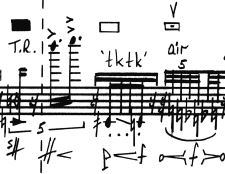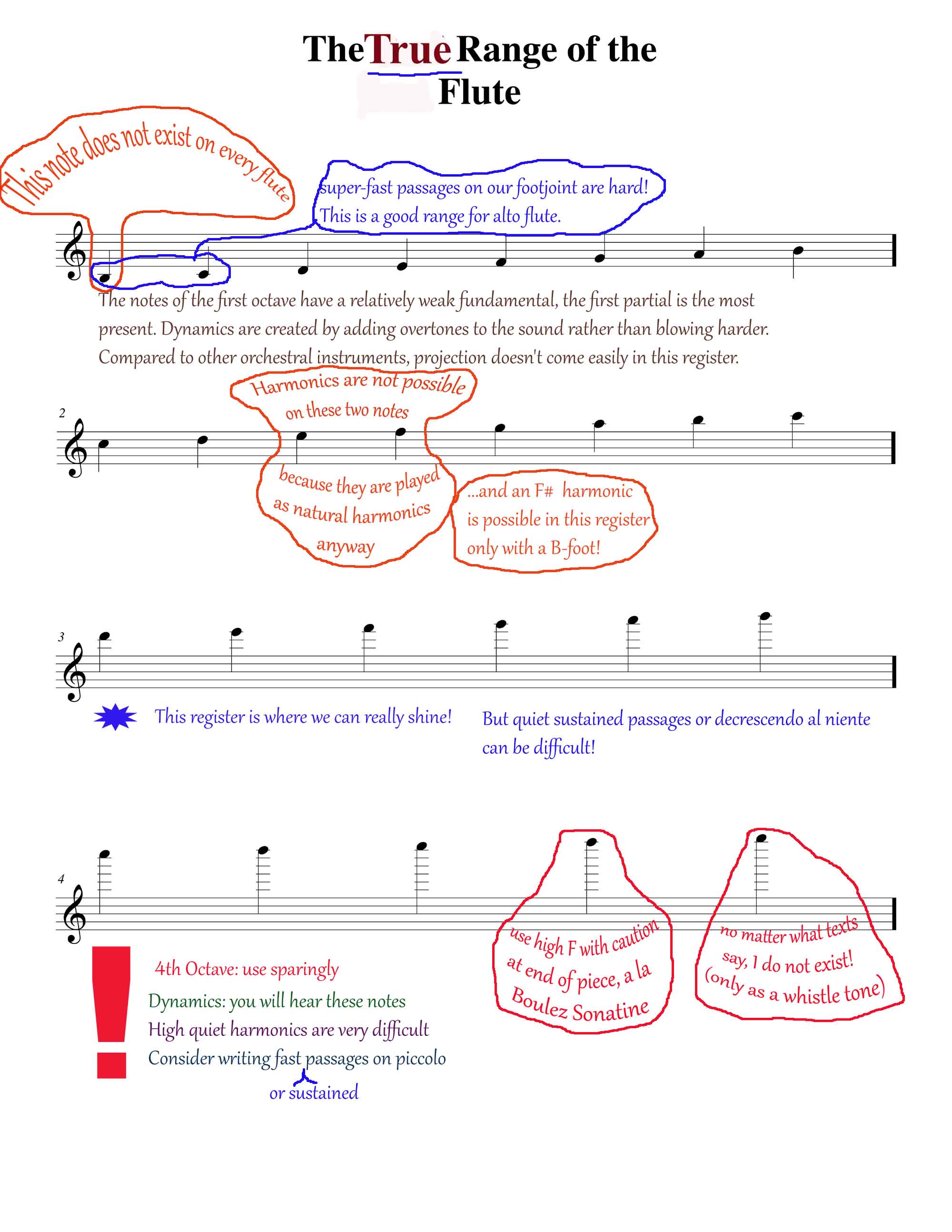Having a kid and playing modern board games where it is teamwork against the forces of chance or evil (not everyone for him/herself like in my day), it is easy to fall into this kind of thinking.
Because these days, everyone is special, right? No one is supposed to get left behind. Everybody has their own, special superpower. So what is my, personal, superpower? I am hoping I don’t have just one. However, for the time being, since I am spending a good amount of time each day on the piccolo, it is easy to imagine my superpower is that of playing high B’s and C’s. This is my special weapon, to produce blasts that measure over 100 decibels. Do I use it to combat evil? Well, maybe in my imagination only. But since this is not a game, it is my actual job to produce these notes, I have to deal with the situation in my own way. If I delude myself in order to produce what a composer writes, well, we all have to do whatever it takes, right?
The thing with superpowers is that they do not happen automatically, you have to train them, refine them and learn to engage them exactly when needed. ZAAP!! Bullseye!
In “The Dong with a Luminous Nose” by Georges Aperghis, on page 18 (of 21), after playing loads of low, airy sounds, singing and speaking, there are suddenly a few high C’s that pop up. And to boot, the piece ends on a high C. Now, high C’s are supposed to be my superpower, but they often fail me here in this context. Among the Jumbly Girls, the wail of the chimp and snipe, I forget that I have a lethal weapon in my hands. So my practice has to involve a lot of psychology. I have to remember to engage this power, to never lose sight of it. For this, microseconds help. Taking that microsecond in the leap to high C from the D below, not to say “Oh $§&”*”, but to say “Engage!” This takes practice (for me).
So I share this so you all can think about your own superpowers, hone them, and practice engaging them. See if it works for you.



